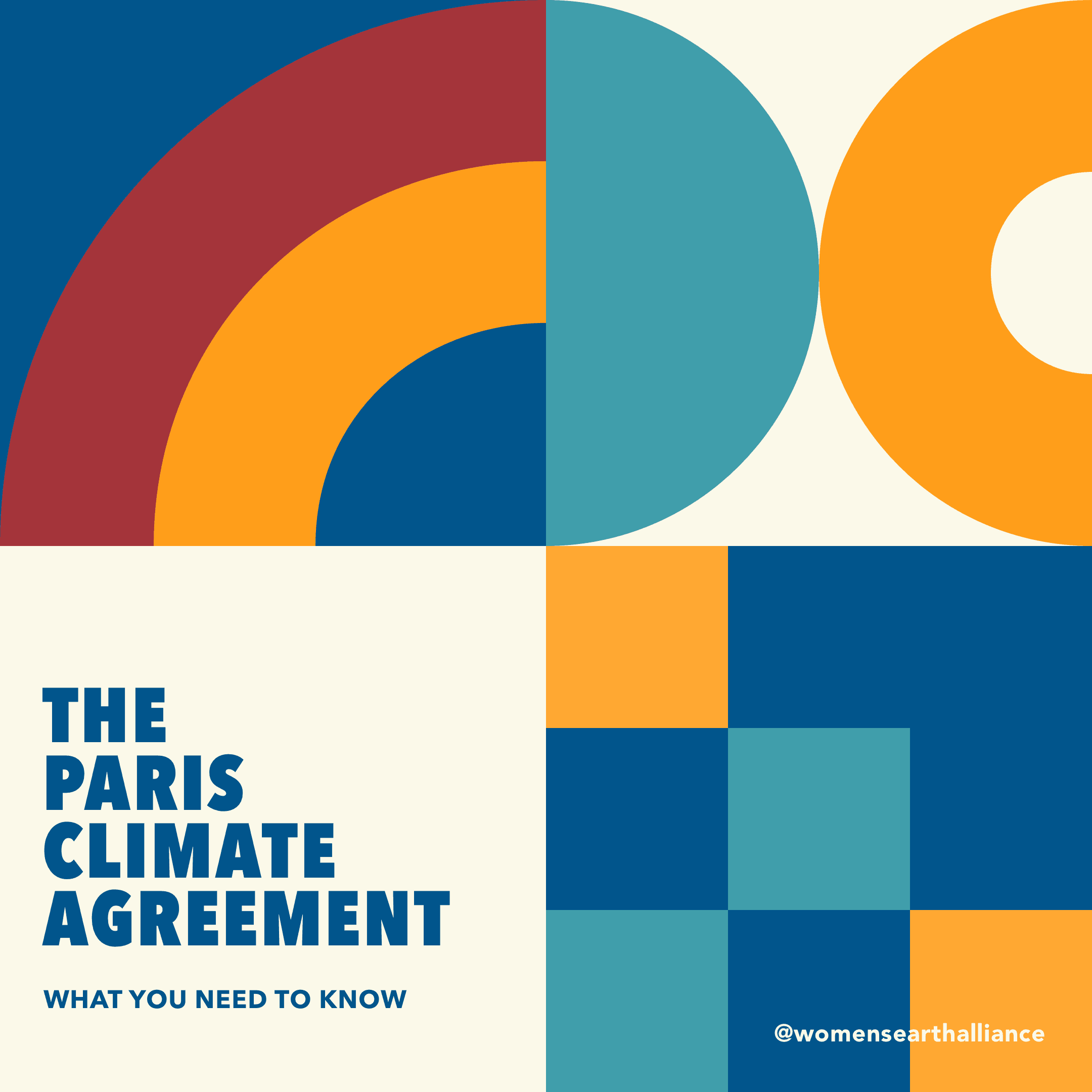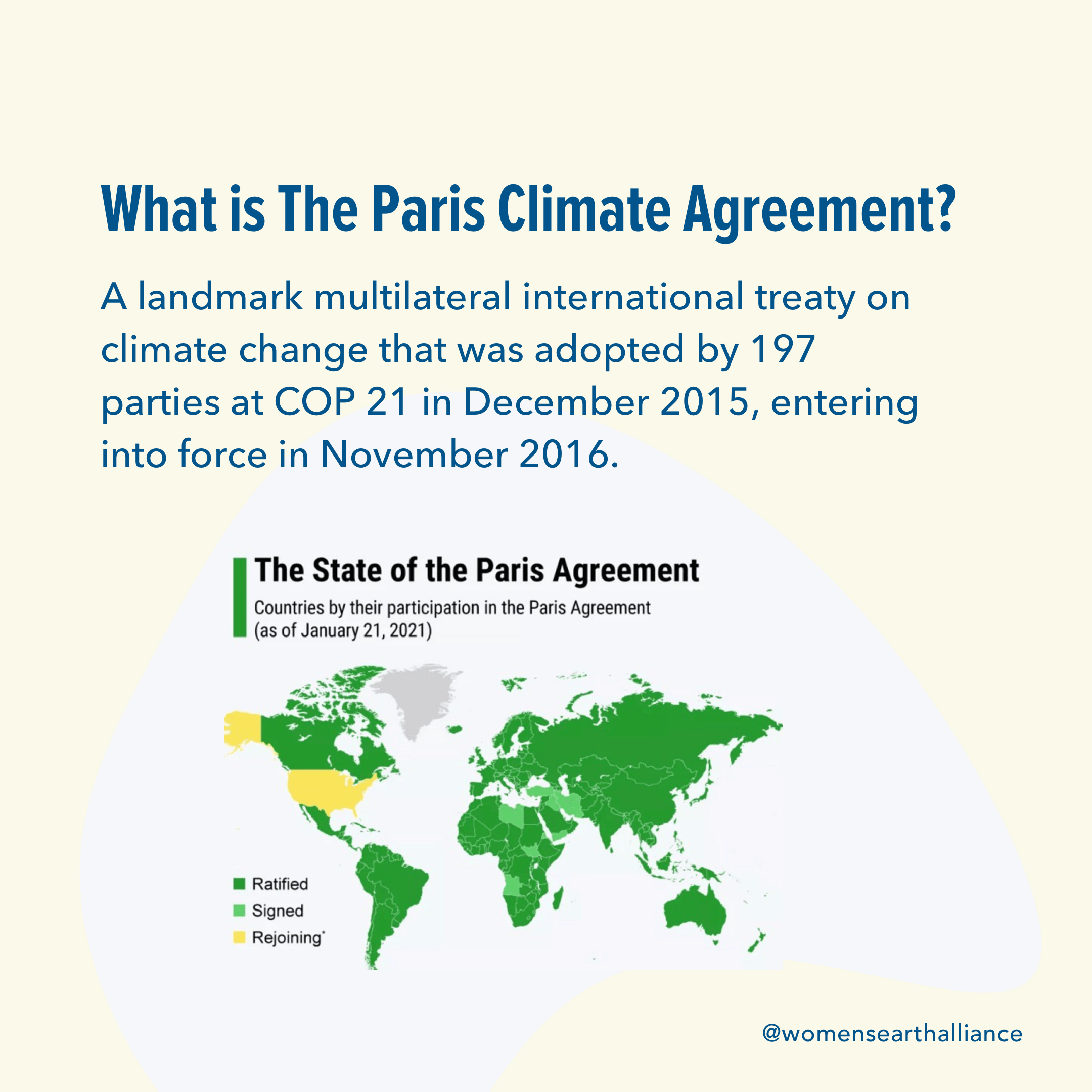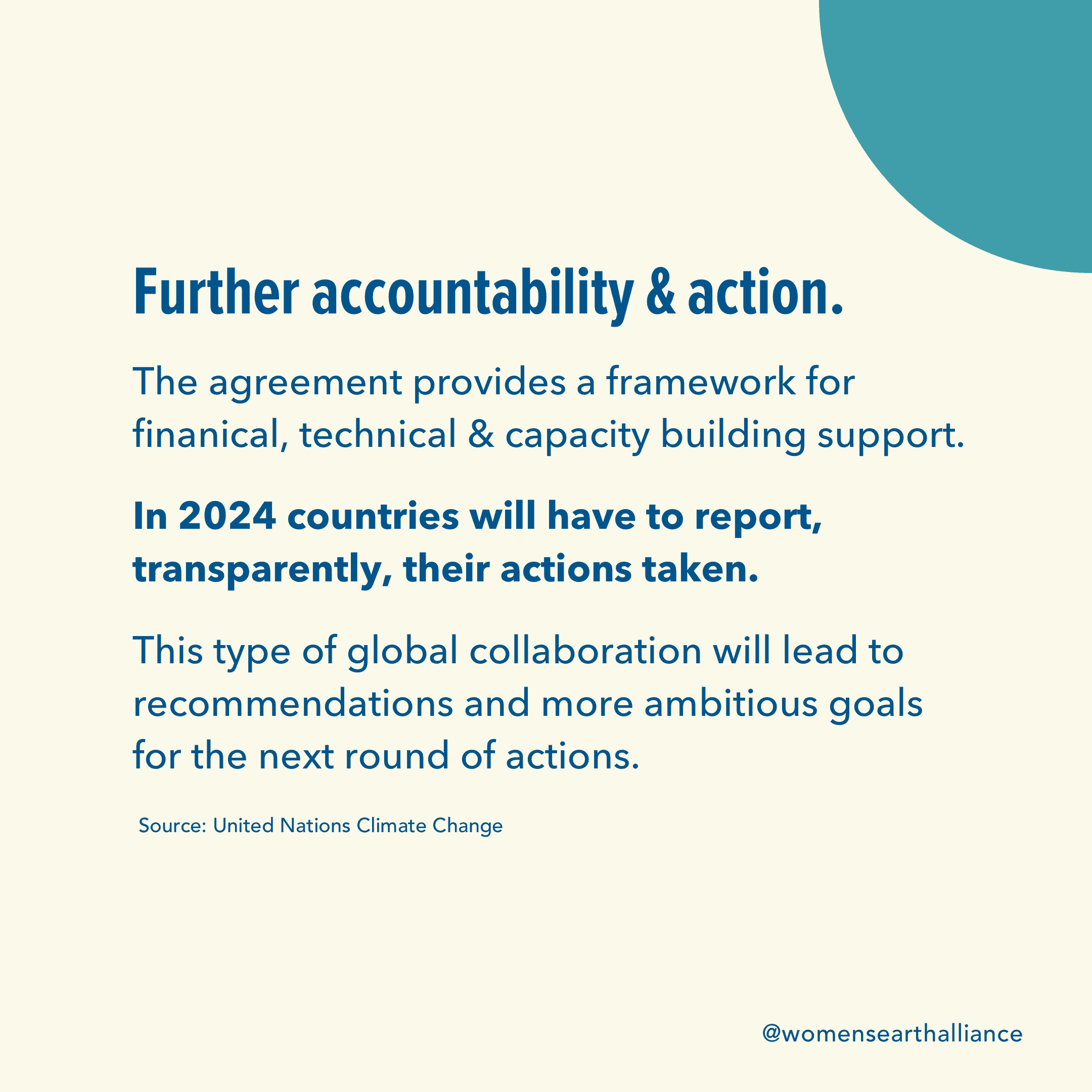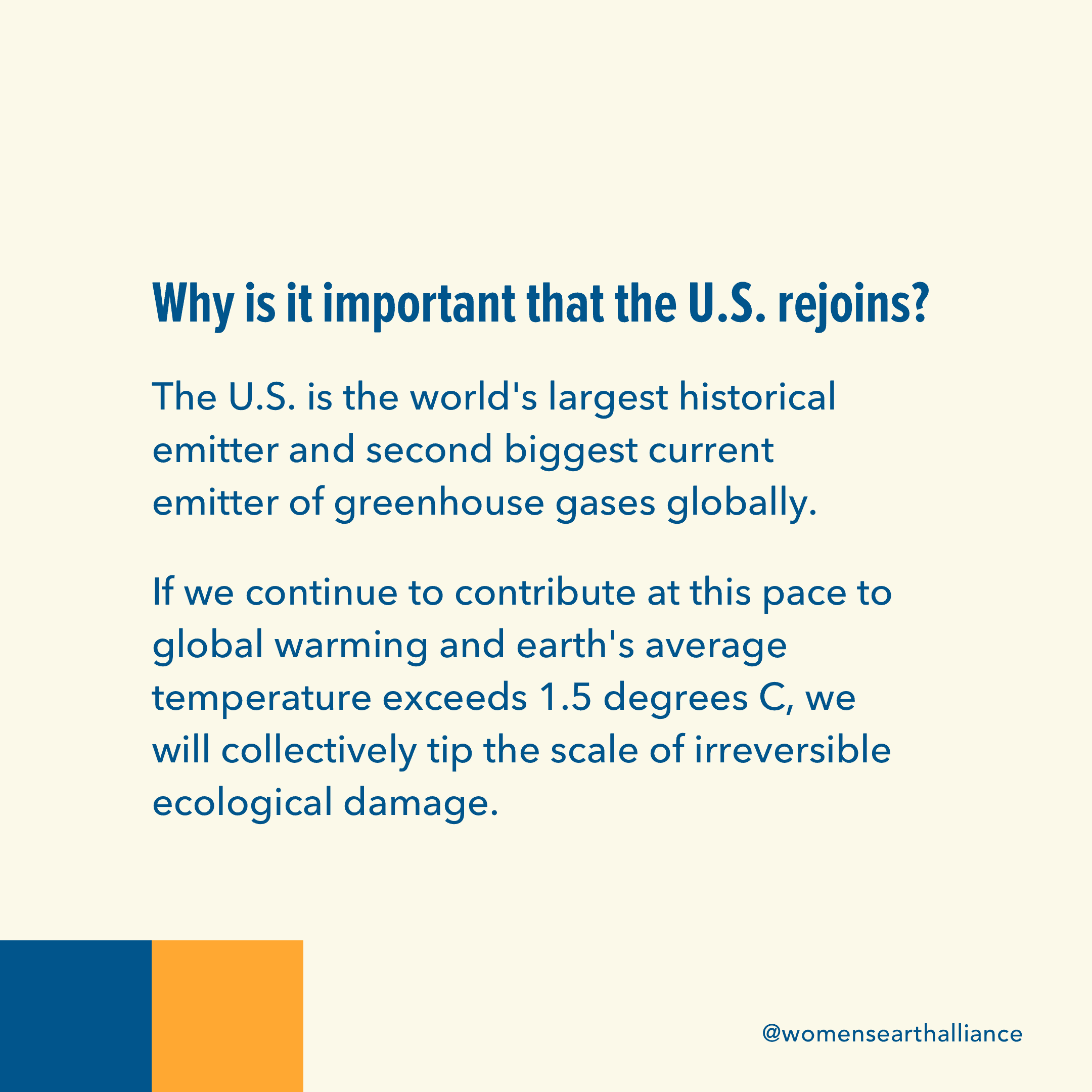U.S. set to rejoin the Paris Agreement
With this months' shift in leadership came some long-awaited shifts in policy as well. Within the first few hours of taking office, President Joe Biden recommitted the U.S. to the Paris Climate Agreement, permanently stalled the Keystone XL pipeline, and ordered federal agencies to start reviewing and reinstating more than 100 environmental regulations that had been weakened or rolled back by the previous administration.
What is the Paris Agreement?
The Paris Agreement is a landmark multilateral international treaty on climate change that was adopted by 197 parties at COP 21 in December 2015, entering into force in November 2016. Its goal is to limit global warming to well below 2°—preferably 1.5°—Celsius. This agreement is built to succeed where past attempts have failed by allowing each country to create its own emissions reduction targets and adopt its own strategies for reaching them. While giving nations flexibility it also provides a framework for financial, technical and capacity building support to those countries that need it. Fiscally, the agreement reaffirms that nations in the global north should take the lead in providing financial assistance to countries that are more vulnerable. The implementation of the Paris Agreement requires economic and social transformation, based on the best science available. The Paris Agreement works on a 5-year cycle with increasingly ambitious climate goals carried out by countries.
Why this matters.
The U.S. is the world’s largest historical emitter and second biggest current emitter of greenhouse gases globally. It currently falls far outside the “fair share range”, with an emissions rate entirely inconsistent with holding global warming to below 2°C (let alone the Paris Agreements stronger 1.5°C limit). If all nations adopted the U.S.’s current emissions rate, global warming would exceed 3°C.
The U.S. first entered into the Climate Accord in 2016, putting several initiatives in place to achieve its target goals of reducing emissions by about 25% by 2025 compared with 2005 levels. Unfortunately, the U.S. stated its intention to withdraw from the Climate Accord in 2017 (and officially did so in November 2020...the only country to ever withdraw from the Agreement) as part of a larger effort to dismantle decades of U.S. environmental policy. However the U.S. will officially rejoin the Paris Agreement on February 19, 2021. The Biden Administration has set ambitious and necessary climate goals, such as setting the country on a path to net-zero carbon emissions by 2050, which scientists say could have significant implications for the 1.5°C target.
What rejoining the Paris Agreement means for women.
Women are disproportionately more likely to face higher risks and greater burdens from the impacts of climate change. In fact, women and children are 14 times more likely to die during a natural disaster which are becoming more common due to temperature rise. Additionally, climate change is driving mass human migration more than any other event. In 2018, over 24 million people were estimated to have been displaced by climate disasters around the world, and women accounted for 80 percent of all climate refugees. In the U.S. during Hurricane Katrina, due to affordable housing shortage throughout the gulf coast, over 83% of single mothers were displaced. By the end of the century it is estimated that more than 13 million Americans will be displaced due to domestic climate disasters, and women will continue to be disproportionately affected.
Women displaced by climate change and disasters are already likely to earn less for their work, and therefore have access to fewer resources to mitigate this crisis. Women climate refugees also face higher rates of sexual and domestic violence as well as a lack of accessibility to hygienic resources and social services than any other group.
Furthermore, systemic oppression and gender inequities often prevent women from fully contributing to climate related planning, policy-making and implementation, though they are uniquely equipped with the skills and experience to address climate concerns and emergencies. As providers of energy, water, food and other resources for both their families and larger communities, women play a vital role in the implementation of climate action. They are also more likely to engage in environmentally sustainable activities such as recycling, conserving water and using environmentally friendly products. In fact, according to the UNDP’s 2011 Human Development Report, when gender inequality is high, forest depletion, air pollution and other measures of environmental degradation are also high.
In order to achieve any sort of meaningful goals and targets within the Paris Agreement, we must center the needs and leadership of women. Gender equality must be at the forefront of climate action.








